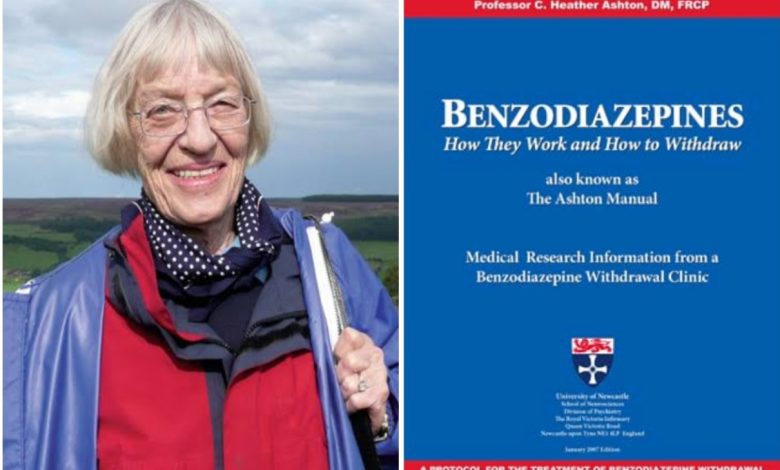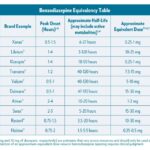The Ashton Manual (PDF Copy)

The Ashton Manual, also known as the Ashton Manual on Benzodiazepines, was written by Dr. Heather Ashton, a British psychiatrist and expert in the field of benzodiazepine withdrawal. The manual provides guidance on the withdrawal process for individuals who are trying to discontinue benzodiazepine medications.
Benzodiazepines are a class of drugs commonly prescribed for conditions such as anxiety, insomnia, and seizures. However, long-term use of these medications can lead to physical dependence, and stopping them abruptly can result in withdrawal symptoms.
Dr. Ashton’s manual outlines a gradual tapering approach to help individuals safely withdraw from benzodiazepines. The tapering process involves slowly reducing the dosage of the medication over an extended period, allowing the body to adjust and minimize withdrawal symptoms.
The Ashton Manual was first published in 1999, and it has since been widely used as a resource for healthcare professionals and individuals seeking information on benzodiazepine withdrawal.
Does the Ashton method work?
The Ashton Method, as described in the Ashton Manual, has been widely used and reportedly effective (90% success rate) for many individuals attempting to withdraw from benzodiazepines. The method emphasizes a slow and gradual tapering process using a longer-acting benzodiazepine, such as diazepam, to help minimize withdrawal symptoms.
Several factors contribute to the perceived success of the Ashton Method:
1. Gradual Tapering: The Ashton Method promotes a slow reduction in dosage over an extended period, allowing the body to adjust to lower levels of the medication. This can help minimize the intensity of withdrawal symptoms.
2. Switching to a Longer-Acting Benzodiazepine: Diazepam, with its long half-life, is often recommended in the Ashton Method. This allows for a smoother tapering process, as the medication remains in the system for a more extended period, reducing fluctuations in blood concentration.
3. Individualized Approach: The Ashton Method recognizes that each individual’s response to withdrawal may be different. The manual provides a framework for tapering, but adjustments can be made based on an individual’s specific needs and responses.
The reported 90% success rate could be attributed to the method’s careful and individualized approach, making it more tolerable for patients compared to more rapid or abrupt withdrawal methods.
It’s important to note that the success of any withdrawal method can vary from person to person. Factors such as the duration of benzodiazepine use, dosage, individual physiology, and other health considerations can influence the withdrawal experience. Additionally, successful withdrawal often involves a combination of tapering, support from healthcare professionals, and other therapeutic interventions.
If someone is considering benzodiazepine withdrawal, it is crucial to do so under the guidance of a qualified healthcare professional who can tailor the approach to the individual’s specific needs and monitor for any potential complications. Always consult with a healthcare provider before making any decisions about medication withdrawal or changes to treatment plans.
Download a Free PDF Copy of The Ashton Manual





